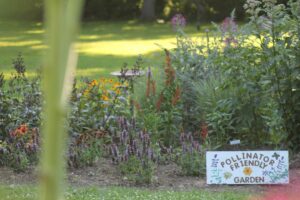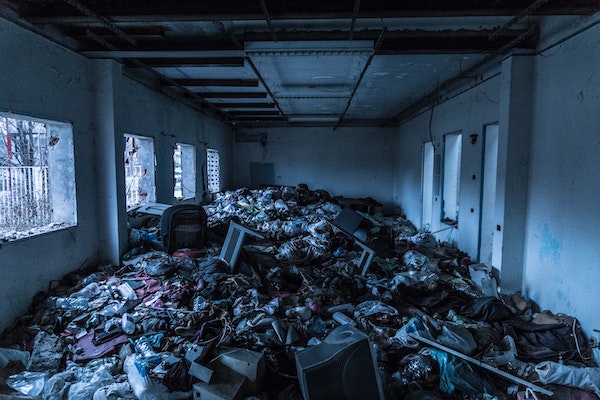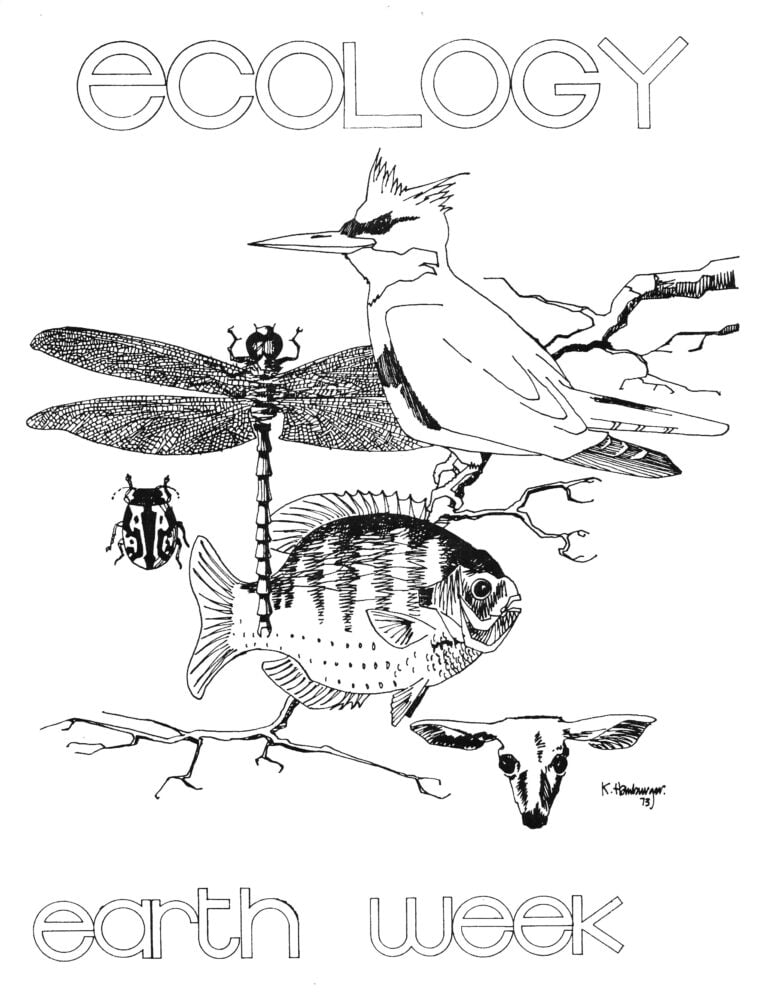What You Can Do to Protect Local Ecosystems
 We only get one Earth, so maintaining it is crucial to a healthy environment and long-term survival. When you care for the planet, it rewards you with cleaner air and water. What can you do to protect local ecosystems? You can take part in plenty of activities to preserve plant and animal life near you.
We only get one Earth, so maintaining it is crucial to a healthy environment and long-term survival. When you care for the planet, it rewards you with cleaner air and water. What can you do to protect local ecosystems? You can take part in plenty of activities to preserve plant and animal life near you.
1. Pick Up Trash
One of the simplest ways to protect local ecosystems is to pick up trash. Walk around parks, forests and bodies of water to search for discarded items. When you clean up soda cans or fast food wrappers, you help the survival of native wildlife.
Ingesting trash can choke or obstruct stomachs and lead to dead animals in ecosystems. These environments are delicate, so food web changes can throw everything off. Picking up trash is easy enough for kids, too, so you can bring the whole family for a fun and eco-friendly adventure.
2. Support Native Species
Plants and animals thrive on land in the water when they don’t have to compete for resources. However, things can go awry when invasive species enter the ecosystem and suffocate the native organisms. If you plant a garden or release animals, ensure they’re not invasive.
Check with your local wildlife agency to see what plants and animals are native to the area. The last thing you want is to plant kudzu or another harmful species that steals nutrients. If you live in Florida, you might grow coral beans or swamp lilies to ensure your home only has native plants.
3. Properly Care for Your Plants
While selecting native plants is an excellent start, you should consider their growth and maintenance. How can you protect these species and the local ecosystems? Start by avoiding pesticides and herbicides due to their harmful chemicals.
When pesticides contain chemicals, they drive biodiversity loss and increase pollution. These products harm pollinators and disrupt the wildlife — such as bees —- that rely on plants. Instead, buy eco-friendly pesticides and herbicides to protect your plants and ecosystems.
4. Be Mindful of Habitats
Imagine walking through the woods or on the beach as your morning exercise. Stepping onto dirt or sand means entering an animal’s habitat, so be mindful of where you traverse. Watch your step and stay on designated trails to avoid harming wildlife.
For instance, suppose your daily walk takes you to Delaware Bay. These white sands are famous for relaxing and watching native horseshoe crabs. These crustaceans deposit 20,000 eggs on the shore, so watch your step to avoid disrupting their mating.
5. Reduce Pollution
Pollution is a significant ecosystem problem, considering the trash and dirty air infiltrating these lands. Traveling to parks and oceans is terrific for support, but how can you protect their air quality? The first step is to reduce pollution through transportation and choose better methods.
If driving is the only option, consider an electric vehicle to remove emissions from your trip. Walk or ride bicycles as much as possible to reduce your carbon footprint and protect local wildlife. You can also apply these principles to your daily commute by using public transit or biking to work more often.
6. Use Renewable Energy
When considering pollution, you may picture car exhaust fumes. That said, you should also consider the electricity you consume in your house. Conventional grids rely on power plants and fossil fuels to heat homes, so implement renewable energy wherever possible in your home.
Using solar or wind energy relies less on the power grid, increasing home self-sufficiency. These systems produce electricity, make your home more efficient and lower utility bills. Renewable energy reduces water and air pollution and the demand for power plants to benefit wildlife.
7. Watch Your Resource Consumption
Regardless of your energy source, it’s wise to watch your resource consumption. Wasting electricity or water negatively impacts local ecosystems if people aren’t careful. For instance, excess energy usage means emitting more harmful pollutants.
Consumption monitoring is even more critical if you live in a place with resource scarcity. For instance, residents in western U.S. states must reduce their water usage during droughts. Install low-flow faucets and fix leaks as soon as possible to reduce your water consumption. If you overconsume water, you could harm local rivers and their wildlife.
8. Volunteer With Local Groups
Domestic ideas go a long way toward helping local ecosystems thrive. One strategy to be more hands-on is to volunteer with local groups. These activists and experts clean parks, restore habitats and conserve the beautiful lands near you.
If you can’t find any groups in your area, start a local project. Gather your friends, family and neighbors for a cleanup day at the park or forest. Coordinate with city officials to monitor water quality or start a community garden. These activities heighten local ecosystem protection and environmental awareness.
Protecting the Environment and Your Community
Fish, birds and other animals depend on clean ecosystems to live healthy lives. While critical for animals, environmental health also matters for humans. Find cleanup opportunities in your area and ways to reduce your environmental impact at home. Even small tasks add up if they save the lives of animals and plants.


